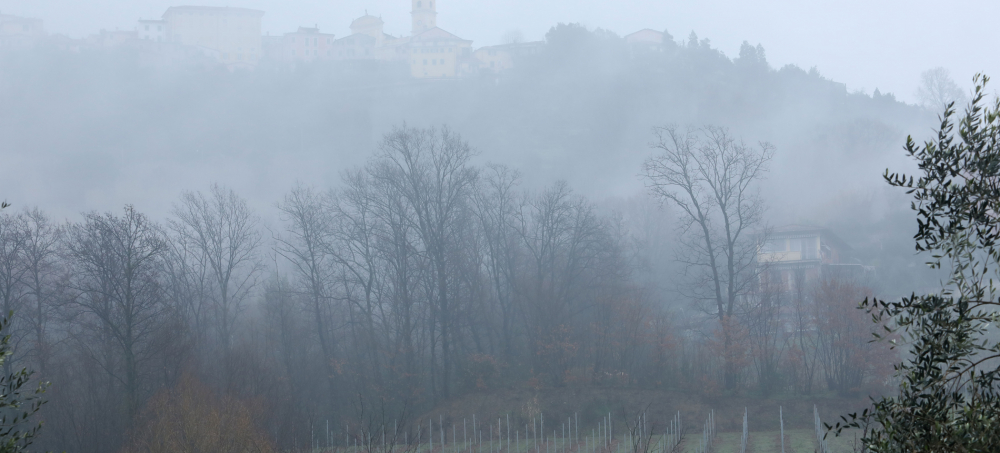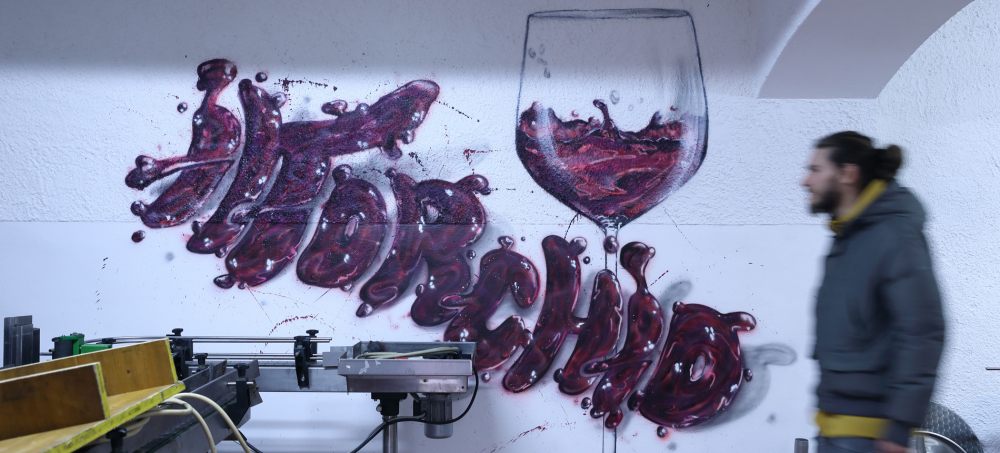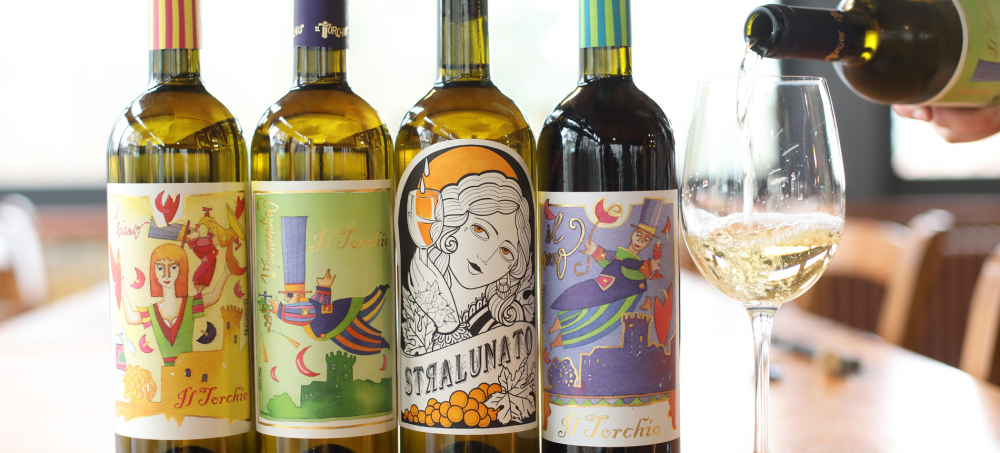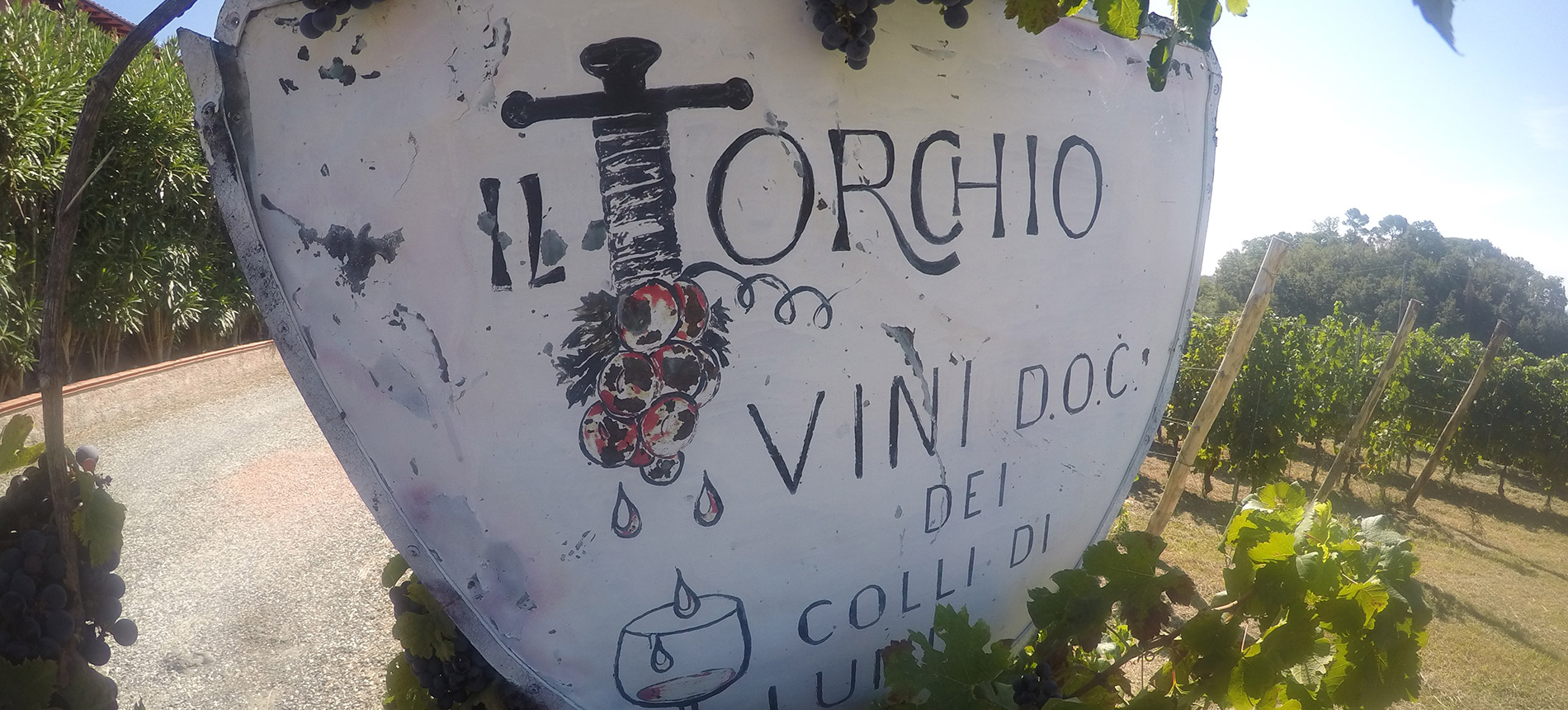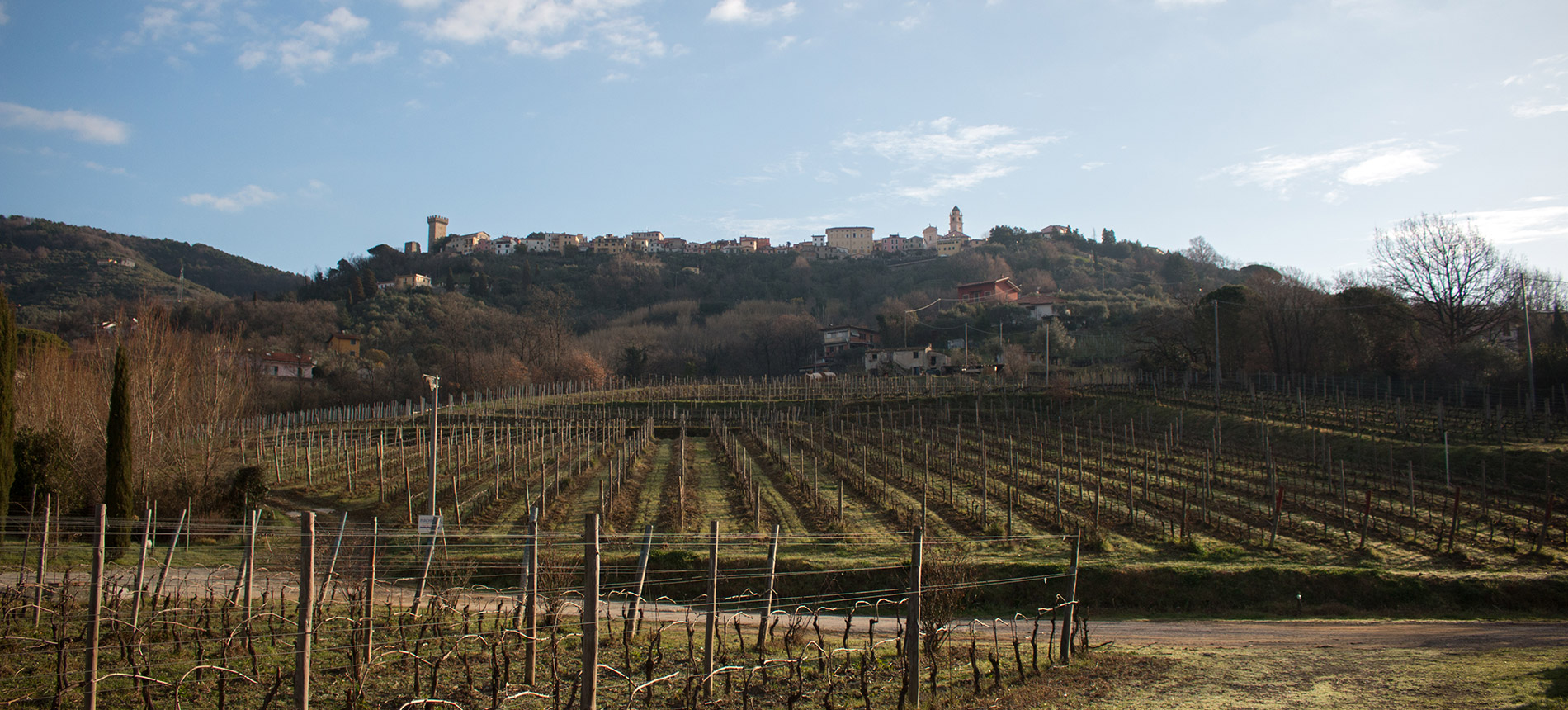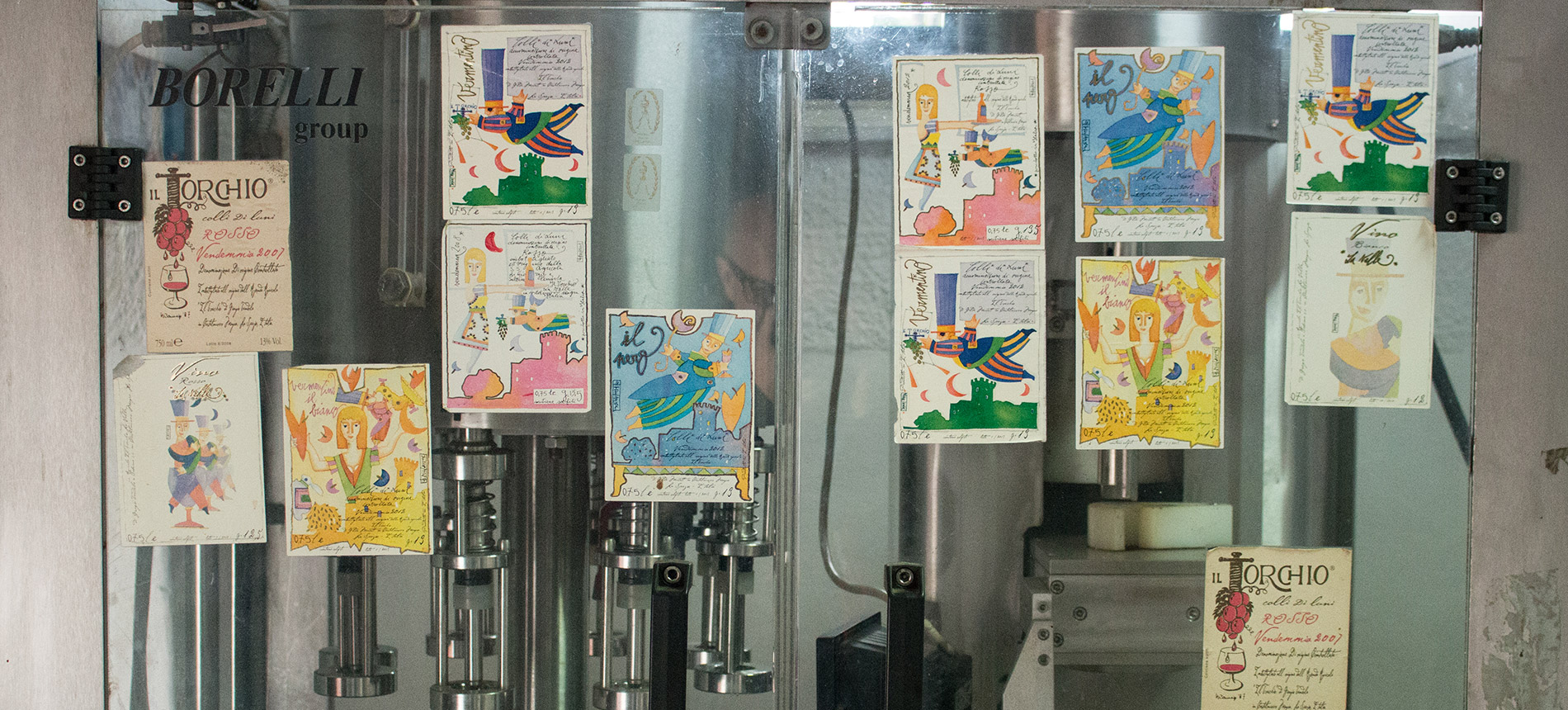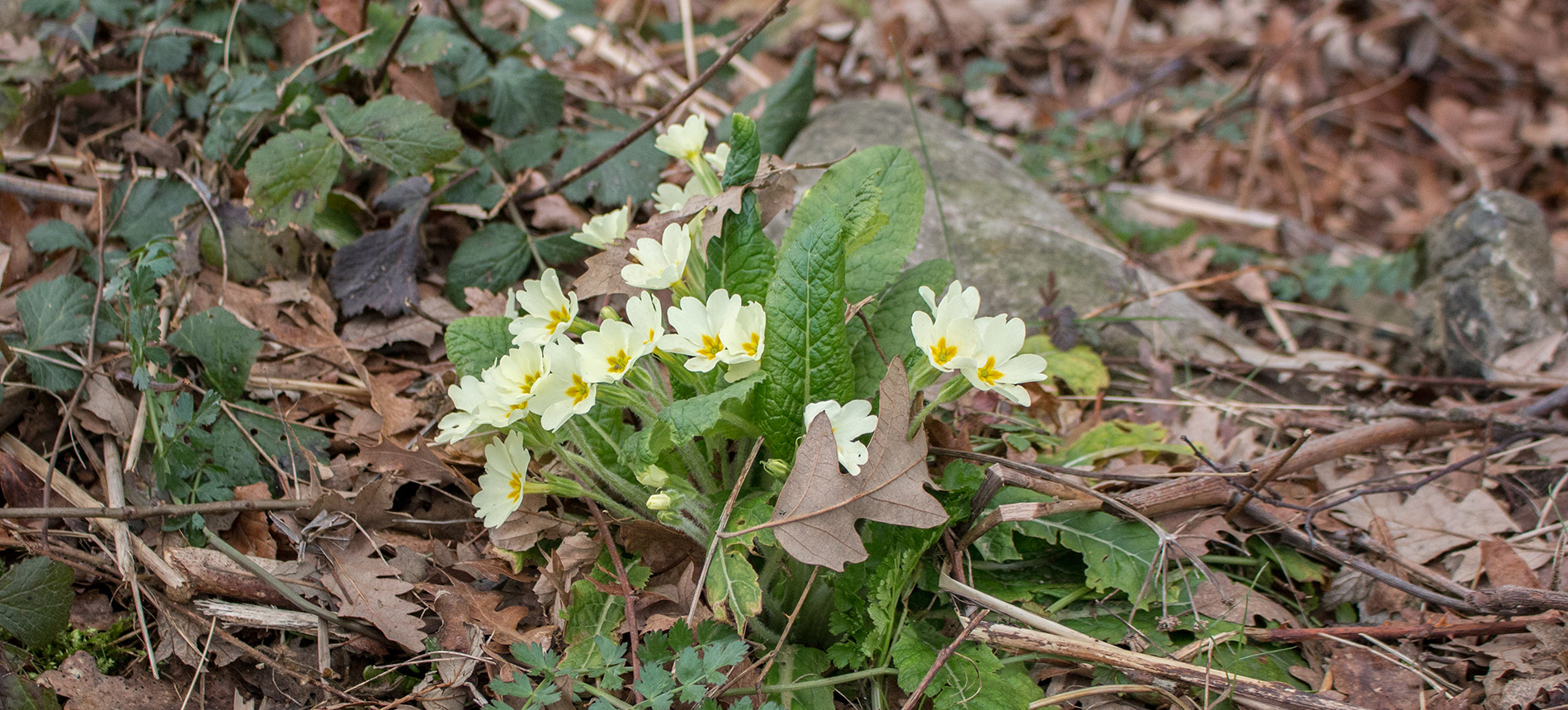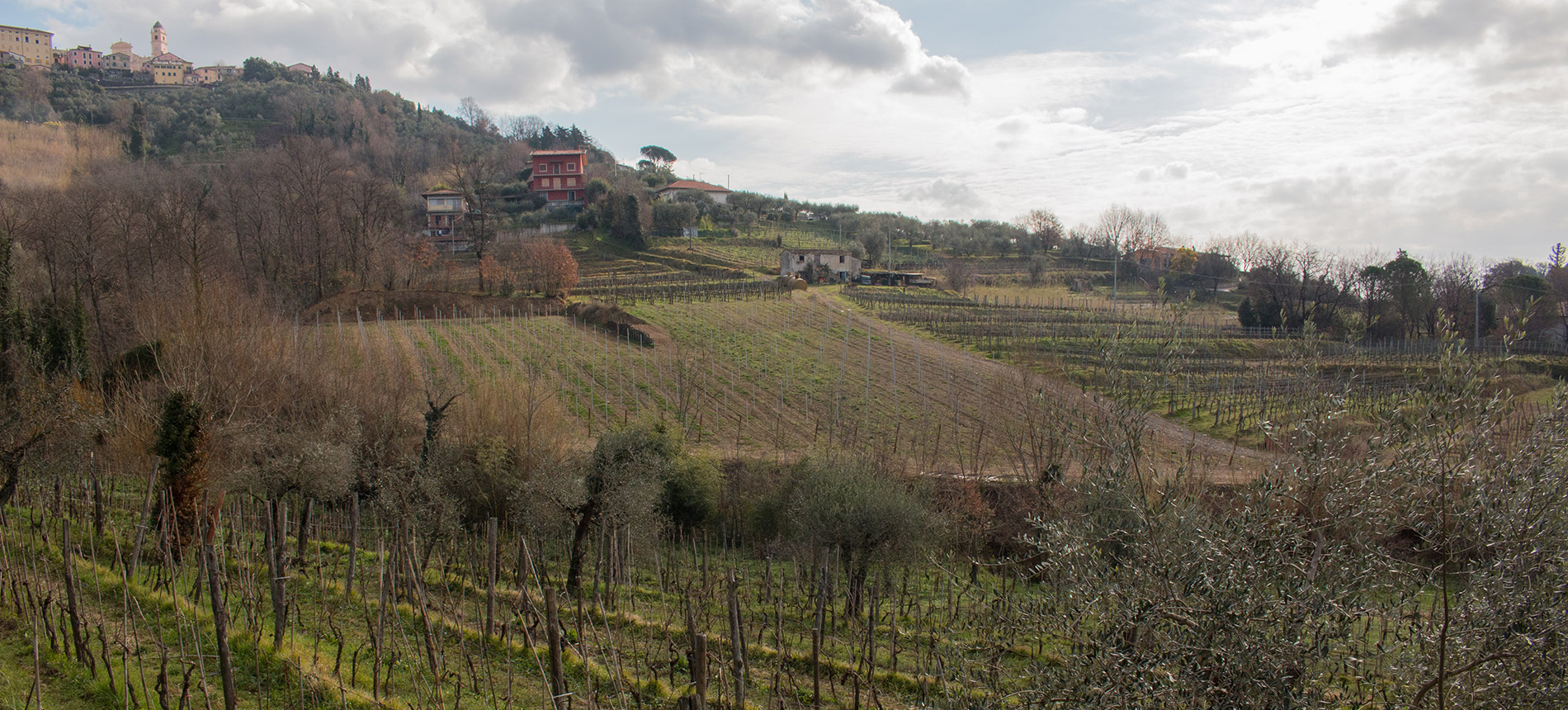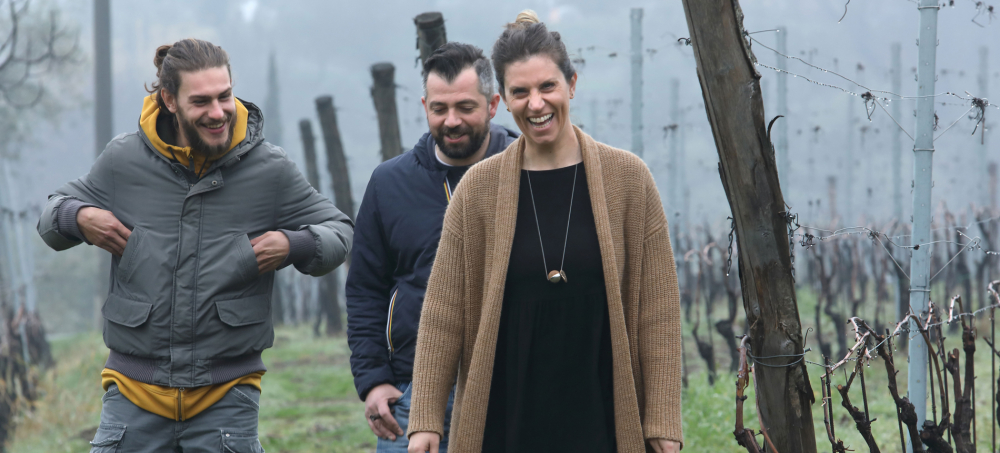Liguria is known for its crisp, tasty whites that pair perfectly with its culinary specialties: shellfish, fish, and pesto. Because the vineyards in the region are often laborious and expensive to work – usually made up of many small, incredibly steep parcels - this makes the wines not only limited in production but costly to make as well. Local demand is also high, especially in restaurants along the Ligurian coast, making the value quotient even more tenuous. The beautifully rendered wines of Il Torchio, however, seem to defy the conventional wisdom, at least when it comes to inflated pricing. They were recommended to us by a friend who has a natural-leaning import company in Montreal. Once we tasted the wines we were convinced – a total no-brainer!
The Il Torchio estate is rooted in the history and traditions of the Colli di Luni area. The name “Il Torchio” refers to a traditional olive press historically used in the region. Each town would have its communal press, and people would bring their olives to be processed and receive bottles of the communal oil in exchange. The Tendola family used to run the local press in the village of Castelnuovo Magra and later spread into grape production.
This 12-hectare estate (9 are planted to vine) is unique because it is one large contiguous parcel rather than many small parcels. Giorgio Tendola started the estate many years ago and was one of the early champions of the Colli di Luni appellation. He believed firmly in the area's potential, specifically in his corner of the zone, Castelnuovo Magra. He was among the first to bottle and label his wine from Colli di Luni.
Sadly, Giorgio passed away after a sudden illness in 2011. His children were already fully occupied operating the family’s agriturismo, so it was up to the next generation, namely his grandchildren, Gilda and her brother Edoardo (only 27 and 18 at the time) to pick up the reins of the winery. Gilda was in law school and her brother was in school for agronomy. Both decided to leave school and carry the torch. Gilda took over operations of the winery and Edoardo immediately started apprenticing at a few wineries in Tuscany to hone his winemaking skills. For the first two years, they hired an enologist, but by the 2013 vintage, they were fully on their own. Their vibrant labels were designed by a well-known artist who lives nearby named Francesco Musante. Their winery and agriturismo are filled with some of his artwork as well.
Today Gilda and Edoardo are fortunate to be building their own experience upon the rich foundation of knowledge and experience that their grandfather had accumulated and passed on to them as children. The bulk of Il Torchio’s production is comprised of two Vermentino bottlings; Il Bianco, which comes from the vineyards lower on their hill, and Il Torchio which comes from older vines located at the highest elevation part of their parcel. These two wines comprise three-quarters of the estate’s approximately 3,700 case total production (a little bit of red is also made). The vineyards are all farmed organically, though given the small size of the winery, they have not gone through the cumbersome work and cost to obtain an “official” certification. The work in the vineyards is done by hand, and all grapes are also harvested by hand. Fermentations occur in tank with indigenous yeasts. The Il Bianco is now vinified without any skin contact and is followed by about 3 months in tank before bottling and release. The Il Torchio does not see any skin contact but spends about 9 months in tank on the lees before bottling. After bottling, it is also aged for eight to nine months in the bottle before release. In addition to these two wines, they now have two skin-macerated whites: Lunatica and Stralunato. Stralunato is a blend of 80% Vermentino with Moscato that spends one week fermenting with the skins whereas Lunatica is 100% Vermentino and spends six months with the skins in terracotta. While both see skin contact and some might call them orange wines, they are both more golden in color and retain great elegance with some grip from the skin contact.
The Il Bianco is focused, elegant, and crisp, balanced by a slightly broader texture and expressive, fruit-forward aromatics. The Il Torchio bottling ups the ante with more stuffing, great concentration, and a core of stony/salty minerality reminiscent of a great Chablis. It can certainly hold its own on any table alongside the greatest whites of Italy.
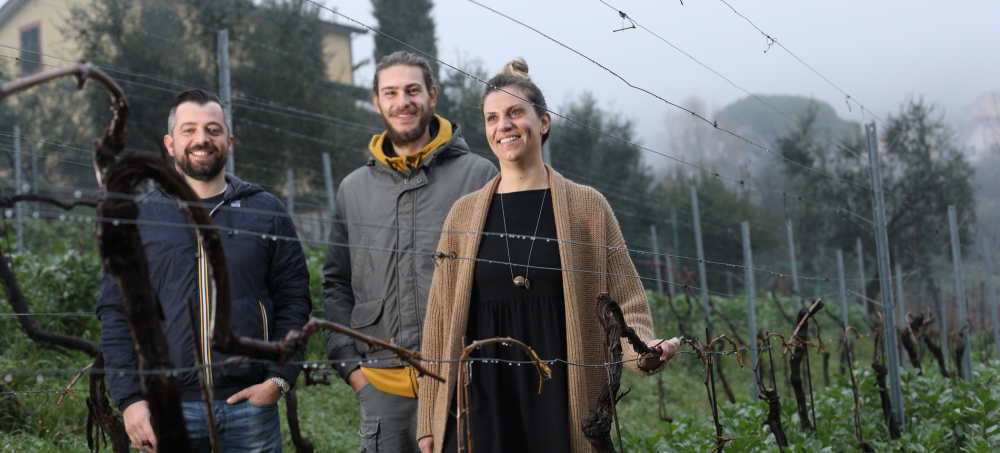
At a Glance
- Young generation taking over their family’s historic property
- Gilda and Edoardo’s grandfather was a legendary grower in the Colli di Luni appellation
- Natural winemaking – organic viticulture
- In a region where most growers have tiny plots spread out throughout different areas, Il Torchio’s holdings are distinct in that they have one large, contiguous parcel
